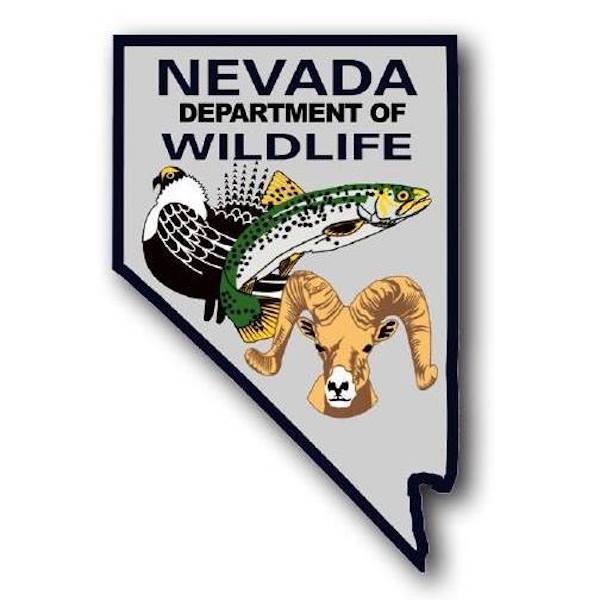Fish Report for 5-21-2020
Bear Sighting in Elko County

by Nevada Department of Wildlife
5-21-2020
Website
Nevada Department of Wildlife (NDOW) Game Warden Nick Brunson was called to a residence near South Fork Reservoir in Elko County on report of a bear in a chicken coop. The sighting was confirmed when Brunson found tracks and hair from an American black bear around the chicken coop.
“About 1 am in the morning the resident heard her dogs barking, and with a flashlight the resident thought she saw a bear,” said Brunson. “The dogs chased the animal from the coop and the resident was able to see it more clearly.” The next day a bear (probably the same one) was seen in the vicinity of Carlin.
There have been reports, but no confirmed sightings of bears in the Ruby Mountains over the past several years. However, bear sightings have been confirmed in eastern Nevada almost annually over the last decade. According to NDOW biologist Carl Lackey, bears historically roamed many of Nevada’s interior mountain ranges until the early 1900’s. Historical data shows bears lived as far south as Lincoln and Nye counties.
“NDOW is not surprised that a bear has found its way into eastern Nevada,” explains Lackey. “Many of the interior mountain ranges in Nevada provide great habitat for American black bears and, although not recently, we have had reports of females with cubs in these areas as well.”
Bears were extirpated from most of Nevada by the early 1900’s. During the mining booms of the late 1800s, the landscape-level habitat changes that occurred across the state due to deforestation of several mountain ranges, is considered the main reason this forest-dependent species disappeared. Unmanaged hunting and conflicts with domestic livestock operators also likely contributed to this extirpation.
Lackey thinks that with the bear being in the area this early in the year, it probably spent the winter hibernating in the area. It may have wandered down from Idaho sometime in the past year, but there was also an unconfirmed report of a bear on Green Mountain southeast of Jiggs last fall. From there a bear could easily have followed numerous riparian corridors to the South Fork of the Humboldt River and on to South Fork Reservoir. Black bears can travel considerable distances and bears originally tagged near Lake Tahoe have shown up in southern Oregon and southern California. Additionally, NDOW’s genetic research shows that bears are expanding eastward from the Sierra Nevada.
Anyone who observes a bear in this area is encouraged to contact NDOW Dispatch at (775) 688-1332.
“Objects such as chicken coops and beehives attract bears,” says Lackey. “Area residents might consider taking some preventative measures to discourage not only bears but other wildlife from accessing these attractants.”
Things such as garbage, bird feeders, fruit trees, fishponds, pet food, camp food, compost piles, barbecue grills or beehives may not only attract bears, but all manner of wildlife. Preventative measures include: keep garbage secured; don’t leave pet food outside; and only put out bird feeders during the day. This time of year, bird feeders aren’t necessary as there is plenty of natural forage for birds. Those with chicken coops or beehives in the area that have concerns should install electric fencing around them to discourage wildlife.
“As with any wild animal people should not feed or approach bears. Give them plenty of room and they will generally pass you by” explains Lackey. “If a bear approaches you don’t run. Remain facing the bear and make yourself look bigger by raising your arms and talking firmly. You should back away, keeping the bear in sight. Make noise and show the bear it is unwelcome.”
For more information about living with bears in Nevada go to http://www.ndow.org/Nevada_Wildlife/Bear_Logic/ or www.ndow.org/education/publications for information on Nevada’s wildlife including bears, coyotes and mountain lions.
The Nevada Department of Wildlife (NDOW) protects, restores and manages fish and wildlife, and promotes fishing, hunting, and boating safety. NDOW’s wildlife and habitat conservation efforts are primarily funded by sportsmen’s license and conservation fees and a federal surcharge on hunting and fishing gear. Support wildlife and habitat conservation in Nevada by purchasing a hunting, fishing, or combination license. Find us on Facebook, Twitter or visit us at www.ndow.org.
By: Joe Doucette

Website Hosting and Design provided by TECK.net

